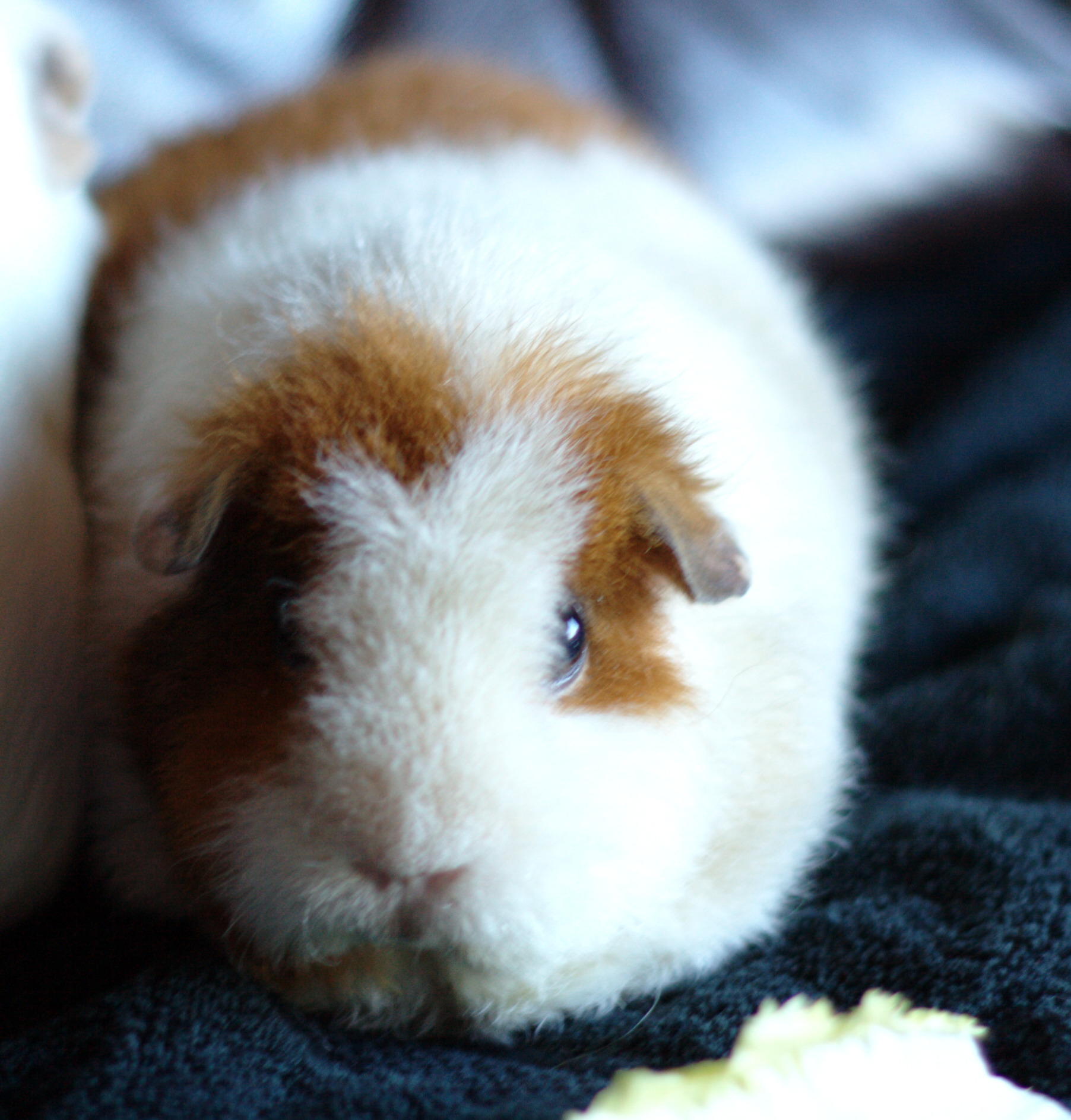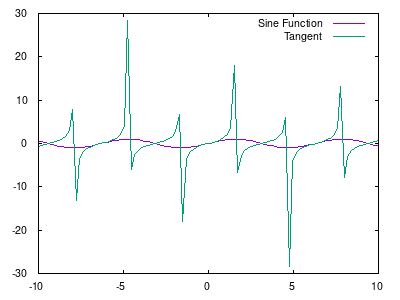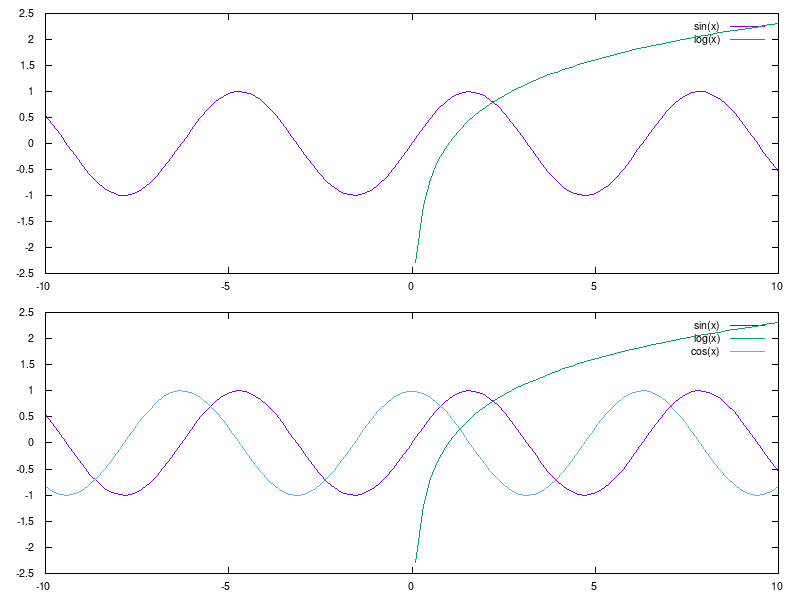6. Images and blocks
6.1. Images
Images are used with the .img or .map tags. The configyour-script
will try to match the image in the .in file with an existing image file.
There is a sequence to the matching:
-
If an .xcf exists, use that, else
-
if a .dia exists, use that one, else
-
if a .gnuplot exists, use that, else
-
if a .eqn exists, use that
Note that gnuplot and eqn images can be created in blocks, which
keeps the information with the rest of the text, and which may be
more flexible.
Example of a .xcf image: The image below is defined as
img IMG_9039.png

Example of an image generated by
dia :

And an example of a gnuplot. The gnuplot file contains:
set terminal png size 400,300 enhanced font "Helvetica,20" set output 'gnuplot.png' plot sin(x) title 'Sine Function', tan(x) title 'Tangent'

eqn
can also be used to generate an image. The
EQ
and
EN
tags must be present and the source file must end with
.eqn
An example
.EQ
sqrt a+b = int a sup { i pi } d omega
.EN
gives:

These image-types are handled mainly by the configyour-script.
6.2. Blocks
Blocks are sets that are handled separately. They may be processed by an
external program, or provide specific information for a pre-processor of
groff.
Blocks can be named; if they are not named, a name is generated for the block.
The behavior of blocks can be different per output-processor. For example:
pic-blocks are handled as in-file commands for pic in the groff-back-end (in3tbl),
but are used to create an png image for the HTML back-ends (in3html).
There are two sorts of blocks:
-
inline
-
stand alone
Inline blocks are created either with the
.inline
request, or by adding a
.block format inline
to a block. An inline block must not terminate a paragraph; there cannot be
an empty line above it and there should not be an empty line following it.
Stand alone blocks, on the contrary, must be preceded by an empty line and
followed by an empty line.
6.2.1. pre
The pre-blocktype is equivalent to the blocks created with the
.pre
tag. These kind of blocks are never used as in-line. Example:
.block pre a aa aaa aa a .block
will create:
a aa aaa aa a
6.2.2. gnuplot
Gnuplot blocks are always handled by an external program,
gnuplot.
As an example:
.block gnuplot set multiplot # multiplot mode (prompt changes to 'multiplot') set size 1, 0.5 set origin 0.0,0.5 plot sin(x), log(x) set origin 0.0,0.0 plot sin(x), log(x), cos(x) unset multiplot .block
will create:

There is of course a decision whether you want to specify the block in-line, or
use a separate file and let the configyour scripts handle everything. What I do
is when possible, keep it in a block, but is required, a separate gnuplot file
can be used.
6.2.3. pic
A pic block uses
pic
to generate a simple drawing. For the tbl back-end, this means adding the lines
as a .pic drawing. For the HTML back-end,
groff
is used to create a png file.
.block pic .block format scale=10 box; arrow;circle; arrow;ellipse; .block
will create:

Pic is used to create simple drawings. If you need something more
elaborate, use a drawing program.
gimp
or
diagram
or something like that.
6.2.4. eqn
For simple equations, use the blocktype eqn.
As an example,
The following equation .inline eqn a sub i = 4 + b sup 2 - i is quite useful.
will produce
The following equation
 is quite useful.
is quite useful.
 is quite useful.
is quite useful.
Like pic, the block is interpreted by the pre-processor for
groff.
6.2.5. texeqn
If the equations get more complicated or if you are diving in parts
that are not well supported in
eqn
, you might want to use a
latex
expression. Texeqn blocks automatically handle all latex eccentricities
so you can concentrate on the equation.
.block texeqn
F(x,y)=0 ~~\mbox{and}~~
\left| \begin{array}{ccc}
F''_{xx} & F''_{xy} & F'_x \\
F''_{yx} & F''_{yy} & F'_y \\
F'_x & F'_y & 0
\end{array}\right| = 0
.block
gives:

Texeqns are always embedded as a picture.
6.2.6. music
Music blocks are interpreted by
lilypond
with the page options set thus that the figure doesn't have
large empty spaces. As an example:
.block music
\relative c'' {
\new PianoStaff <<
\new Staff { \time 2/4 c4 e | g g, | }
\new Staff { \clef "bass" c,,4 c' | e c | }
>>
}
.block
produces:

It must be said that, though in3 is able to include images produced by lilypond,
if you want to do serious typesetting of music, lilypond is, as stand alone,
extremely powerful.
6.2.7. Class blocks
It is possible to create a block with a specific style. These are called class blocks.
The syntax is:
.block classxxx text within the block .block
The style must begin with the word
class
and the styles should be defined in the stylesheet(s).
